Reducing Missed Opportunities for Vaccination (MOV)
Increasing Routine Immunization Coverage by Reducing Missed Opportunities for Vaccination
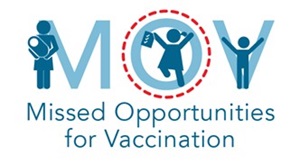
What is a missed opportunity for vaccination?
A missed opportunity for vaccination (MOV) refers to any contact with health services by an individual (child or person of any age) who is eligible for vaccination (e.g. unvaccinated or partially vaccinated and free of contraindications to vaccination), which does not result in the person receiving one or more of the vaccine doses for which he or she is eligible.
Beyond improving immunization coverage, the aim of reducing MOV is to improve health service delivery and promote synergy between programmes.
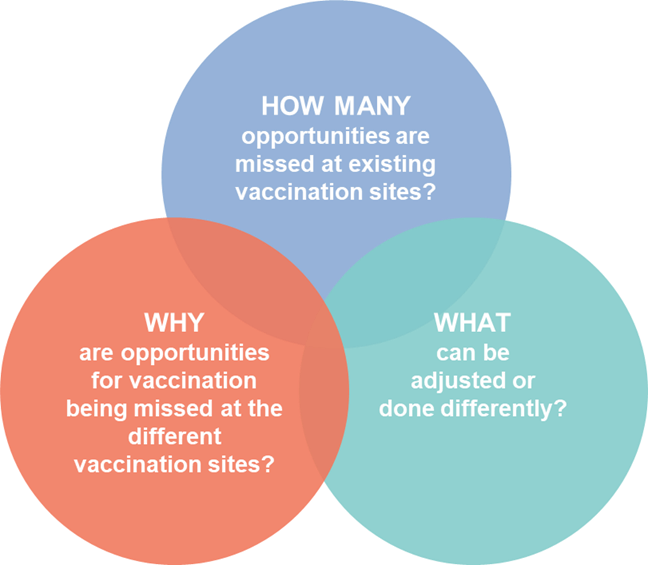
The MOV strategy answers three important questions
The 10-step process of the MOV strategy
In 1988, the World Health Organization (WHO) published a simple methodology for assessing MOV that used purely quantitative methods (health facility exit interviews). This methodology was revised and expanded in 2013 by the Pan American Health Organization (PAHO), adding health worker interviews and addressing a greater number of antigens in many immunization programmes. This methodology was then simplified in this latest 2017 revision, and a qualitative component has been added. Importantly, the methodology now aims to link and translate the findings of the MOV assessment into actionable solutions to reduce missed opportunities, especially at the facility level where vaccination services are provided.
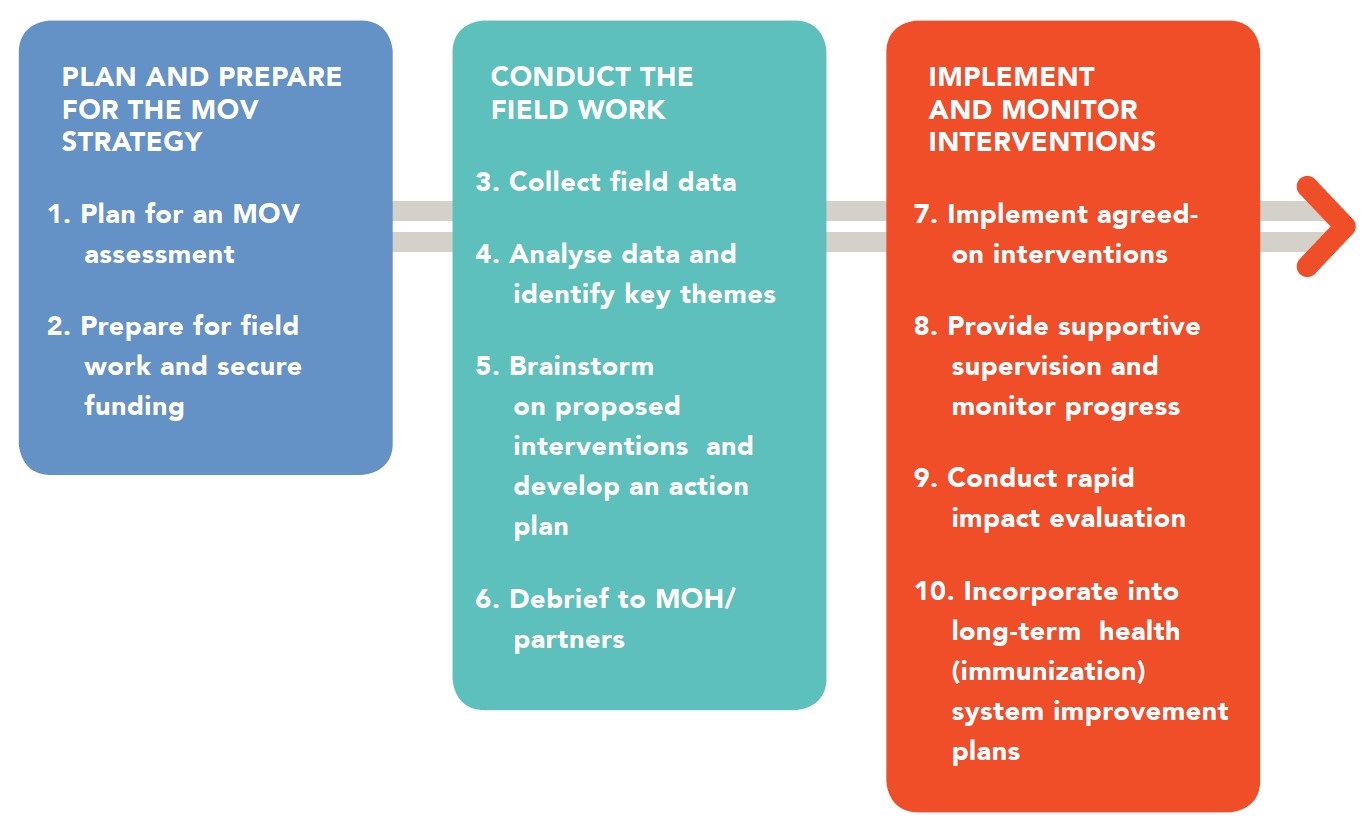
MOV Strategy Resource Guides
Planning Guide to Reduce Missed Opportunities for Vaccination
Intervention guidebook for implementing and monitoring activities to reduce missed...
The MOV Intervention Guidebook can also be used as a stand-alone guide for assessing and reducing MOVs in selected health facilities even when a field assessment has not been conducted. Certain countries may already know that MOVs are an impediment to universal access to immunization services. If there is sufficient advocacy and motivation to reduce MOVs, a formal assessment may not be necessary in every case, and countries can move directly to the intervention steps.
Assessment planning
Training slides and agenda
- Sample Agenda [pdf 179 KB]
- MOV Training Materials Part1 [zip 6107 KB]
- MOV Training Materials Part2 [zip 9044 KB]
- MOV Training Materials Part3 [zip 1635 KB]
Assessment tools
MOV TechNet topic page
The MOV topic page on the TechNet-21 website is regularly updated with information developed by EPI programmes and partners about:
- MOV publications;
- MOV training material;
- Interventions to reduce MOV by addressing health worker knowledge, attitudes and practice;
- Interventions to reduce MOV by addressing health systems issues.
Short video: Lessons about Missed Opportunities for Vaccination (MOV)
In collaboration with the Immunization Academy, WHO have developed the following five short video lessons about MOV:
- Missed Opportunities for Vaccination (MOV) and Their Impact on Immunization Coverage;
- Recognizing Common Reasons for Missed Opportunities for Vaccination;
- Interventions to Reduce MOV: Health System Issues;
- Identifying Interventions to Reduce MOV: Caregivers;
- Identifying Interventions to Reduce MOV: Health Worker Issues.
https://watch.immunizationacademy.com/en/videos/606
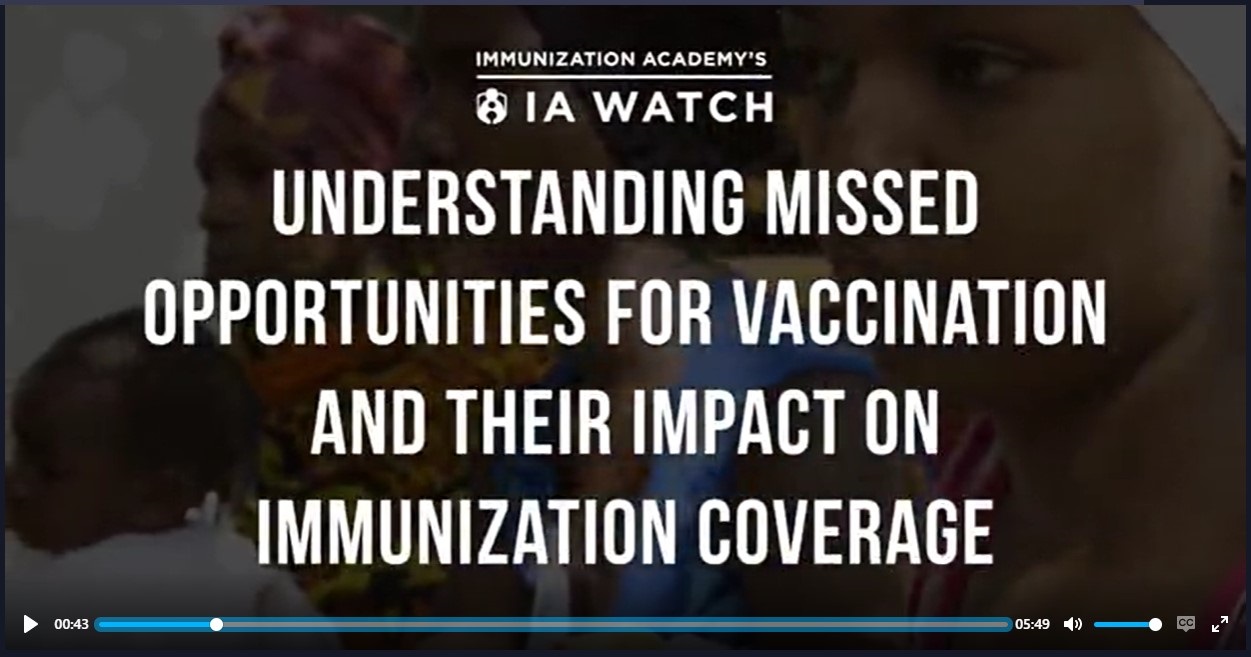
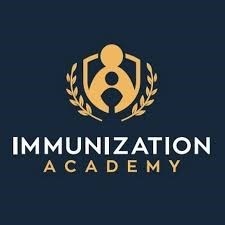
Country experiences
Kaboré L et al., Vaccine (October 2020)
Assessment of missed opportunities for vaccination in Kenyan health facilities, 2016
Li AJ et al., PLoS ONE 15(8): e0237913. (August 2020)
Li AJ et al., PLOS ONE 15(3): e0230783. (March 2020)
Li AJ et al., Vaccine Volume 37, Issue 31, Pages 4281-4290 (18 July 2019)
Ogbuanu IU., et al., PLoS ONE 14(1): e0210648 (January 2019)
Home-based record (HBR) ownership and use of HBR recording fields in selected Kenyan communities: Results from the Kenya Missed Opportunities for Vaccination Assessment
Brown DW., et al., PLoS ONE 13(8): e0201538 (August 2018)
Breaking the inertia in coverage: Mainstreaming under-utilized immunization strategies in the Middle East and North Africa region
Sadr-Azodi N., et al., Vaccine, Volume 36, Issue 30, Pages 4425-4432 (16 July 2018)
Missed Opportunities for Vaccination Assessment Report: findings, lessons learned and experiences from a high-performing middle-income country
MOV Assessment in Jordan, November 2017
Reducing missed opportunities for vaccination in selected provinces of Mozambique: A study protocol
Magadzire B., et al., Gates Open Research, 2017 Nov 6; 1: 5.
Missed Opportunities for Vaccination in the Dominican Republic: Results of an Operational Investigation
Garib Z., et al., BioMed Research International, vol. 2016
Meetings and Presentations
Report of the Regional Immunization Technical Advisory Group (RITAG) meeting
Brazzaville, Congo - 6-7 June, 2017
Systematic reviews
The following systematic reviews provide the global perspective on MOVs by summarizing published data over more than 30 years. They present a strong justification for promoting the reduction of MOVs as a viable strategy to improve coverage and reduce inequity, by demonstrating that: (1) the extent of MOVs have remained high (and unchanged) during the period of the review; (2) the underlying causes of MOVs have not changed significantly in the intervening years; (3) MOVs continue to occur in low, middle as well as high-income countries; and (4) that interventions to reduce MOVs are generally low-cost and feasible in most settings.
A systematic literature review of missed opportunities for immunization in low- and middle-income countries.
Sridhar, et al., Vaccine. 2014 Dec 5;32(51):6870-9
Studies of missed opportunities for immunization in developing and industrialized countries
Hutchins, et al., Bulletin of the World Health Organization. 1993; 71(5): 549–560.
